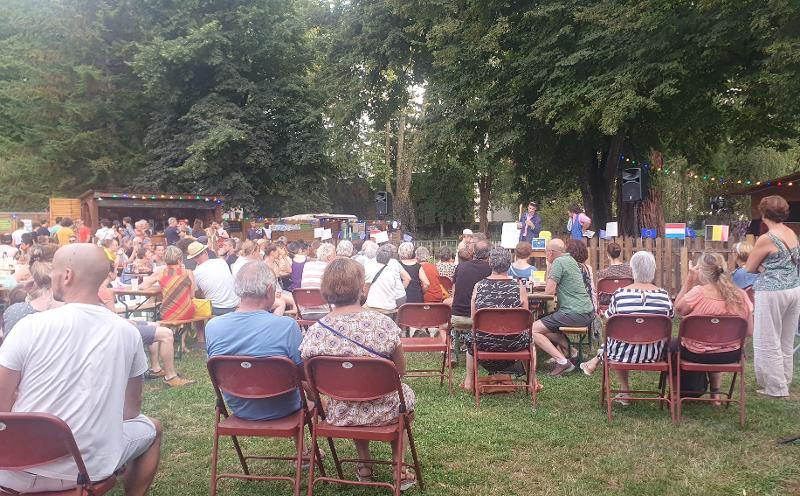The Artistic Residencies of Words of Europe: creativity and dialogue across Europe
As the Words of Europe project comes to a conclusion, it is time to take stock: the project's last activity, the art residencies, have offered unique spaces for creativity and dialogue across Europe. These residencies enabled diverse participants to explore themes such as human rights, migration, education, and sustainability through workshops and collaborative art projects.

In the last few months, Words of Europe’s artistic residencies have become spaces for participants to express their views on contemporary European issues through various creative formats, including Zine-making, performance, and music. In Hungary, Faktor Terminál Egyesület organized two notable workshops for marginalized youth in May 2024. The first of these took place in Kalocsa on May 2, where boys from a difficult background, aged 13 to 17, were introduced through a series of theater games to fundamental EU rights such as dignity, justice, and equality. The workshop culminated in the creation of a rap performance, where the boys expressed their experiences of living in the institution and their hopes for the future. A similar workshop was held in Esztergom on May 14, this time involving girls living in a special children’s home. As with the Kalocsa workshop, the girls explored human and EU rights through creative exercises, including rap and music, reflecting on their visions for the future and producing a collective rap performance that encapsulated their shared experiences.
Also in Hungary, two major workshops led by artist Olga Lo and hosted by Szubjektív Értékek Alapítvány were held in Budapest at the end of August 2024. The first of these, held on August 24, brought together participants from diverse migrant communities, including those from Pakistan, Palestine, Turkey, and Portugal. In this session, participants were introduced to the concept of Zines—small, self-published booklets—and to the creative possibilities of using AI-generated illustrations to enhance their work. A follow-up event took place on September 7, at a Budapest bilingual primary school. This workshop involved students from migrant and refugee backgrounds, along with their families, and was again led by Olga Lo and SVF. In this context, children and caregivers explored themes previously generated by AI, such as public health and inclusive education, with the added goal of creating Zines that reflected their own experiences: through hands-on activities, new ideas emerged about improving public education for minority children and promoting health initiatives in urban areas.
Meanwhile, on July 31 in France, the local organization La Ligue de l’enseignement hosted a different kind of artistic residency in Lons-le-Saunier. This event, held in the picturesque Parc des Bains, invited local residents to imagine what they would do if they were members of the European Parliament. The event featured a performance by the theater company Couleurs de Chap’, who used humor and creativity to present the hopes, questions, and suggestions gathered from the local community in earlier phases of the project. This playful but deeply reflective performance captured the democratic spirit of the project, offering local citizens a platform to express their views on the future of Europe in an accessible and engaging way.
The artistic residencies have played a crucial role in the Words of Europe project, fostering creativity and encouraging dialogue on some of Europe’s most pressing issues. From Budapest to Lons-le-Saunier, these workshops have empowered participants to express their experiences through art, whether in the form of Zines, theater performances, or rap music. Each event has left a lasting impact, showing how art can bridge gaps between people and spark conversations about the future of Europe. As the Words of Europe project concludes with the Brussels Conference next month, the insights and proposals generated through these residencies will continue to inspire efforts toward a more inclusive and culturally connected Europe.


